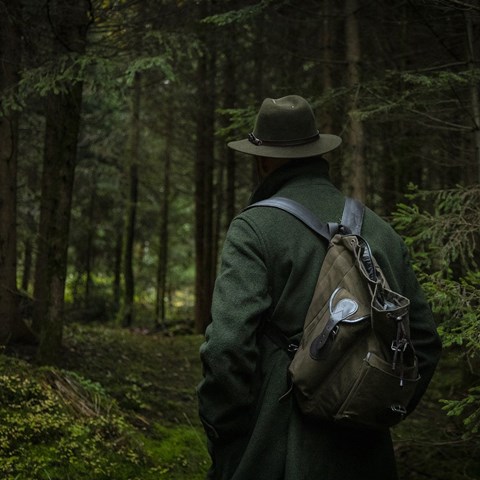In Sweden there is a long tradition of hunters reporting hunting data (mainly how many and which animals have been shot) to the Swedish Association of Hunting and Wildlife Management (Svenska Jägareförbundet). This is and has been an important contribution to the monitoring of Swedish wildlife – indeed, for some species these data are the only index available that may reflect population trends.
Such contributions to science and wildlife monitoring by non-researchers (e.g. local residents, volunteers, hunters and fishermen) is becoming increasingly important with regard to the environmental challenges we are facing today. Voluntary data collection makes it possible to cover large areas and provide a quantity of observations that would be virtually impossible, and very costly, for a single research team or authority to gather without help from citizen scientists such as hunters.
This method of data collection entails a particular form of science communication. The research or management team has to formulate what kind of data they want, for what purpose, and how it should be submitted. Volunteers inform about their observations, which requires motivation to provide the research or management team with the data. This communication between researchers or management organizations and volunteers is the interest of the Mistra Environmental Communication project “Are we on the same page? How hunters and their organisation communicate over data”.
Focusing on the data communication between hunters and the Swedish Association of Hunting and Wildlife Management, the study asks questions such as: What are the processes of data production (by hunters) and data gathering (by the Association) and what are the key communicative aspects of such data gathering? What motivates hunters to submit data to the Association and other organizations? In what way does the collaboration over data between hunters and the Association challenge and contribute to trust between partners and to legitimacy of Swedish wildlife management?
– We are used to deal with biological and ecological aspects of game management, whereas this is a field where we know very little, and definitely need to increase our knowledge says Göran Bergqvist who is responsible for game monitoring at the Swedish Association for Hunting and Wildlife Management. Therefore, this project is important for the Association and for game management.
The project is transdisciplinary and uses environmental psychology and sociology frameworks to look at concepts such as trust, identity, motivation and legitimacy, and their role in data communication in the setting of the Swedish hunting and wildlife management. The aim is to contribute both to the scientific understanding of social dimensions of data communication in wildlife management, and practically to the work of the Swedish Association of Hunting and Wildlife Management in their management of Swedish wildlife populations.
This project is a collaboration between SLU, Lund University and the Swedish Association of Hunting and Wildlife Management (Svenska Jägareförbundet) within Mistra Environmental Communication.
Text: Emily Montgomerie
 Hanna Bergeå
Hanna Bergeå